Introduction
Having a healthy gut is so much more than just what you are eating or not eating (although this is very important too), it’s a whole way of living that moulds and shapes your microbiome. In fact, science suggests that the microbiome can be modulated by not only factors such as diet, antibiotic use, infection and disease but also how much physical activity you do!
Find out more here about how exercise can improve your gut health and tips on how to incorporate more movement into your day.
You Are What You Do: How Exercise Impacts Our Gut
You would have heard the phrase “you are what you eat” and there’s no denying its truth. However, the phrase “you are what you do” also rings true. And no, I’m not talking about your career. I’m talking about the physical activity you do on a regular basis. Having a healthy gut is so much more than just what you are eating or not eating, it’s a whole way of living that moulds and shapes your microbiome.
The Microbiome
Your body is home to trillions of microorganisms- bacteria, fungi, viruses and other microbes that inhabit almost every part of you. These critters make up what is known as the human microbiome. Most of these microorganisms live in the digestive tract and play a huge role in a lot of different functions- they digest your food, they keep your immune system strong, they remove toxins from your body, produce B vitamins and protect your intestines to name a few.
In the last decade or so, scientific research into the gut microbiome has seriously exploded. The old understanding had us relate to the gut microbiome as merely another body system linked to gastrointestinal conditions. We now know however, that the microbiome is intrinsically connected with every other system in our body including our nervous system, immune function and even our hormones!
Conditions such as diabetes, multiple sclerosis, obesity, Alzheimer’s, anxiety and depression, endometriosis, Hashimoto’s thyroiditis, asthma and even heart disease are all now known to be largely influenced by the health of your gut microbiome.
Microbial Diversity is Essential for Health
Everyone’s microbiome does contain small amounts of harmful bacteria, however the greater diversity of the good bacteria in your gut and the less you have of the harmful ones, the healthier you are going to be. Diversity is key for the health of your microbiome.
When your gut is imbalanced, when you don’t have a great diversity of bacteria in your gastrointestinal system, you have what is known as dysbiosis. Dysbiosis is at the core of many diseases and conditions.
Exercise and Microbial Diversity
Science suggests that the microbiome can be modulated by not only factors such as infection, disease, diet and antibiotic use but also physical activity.
Exercise is linked to not only the increase in the number of beneficial bacteria but also to increased microbial diversity. The more active you are, the more good guys you will have in your gut as well as a greater variety. Exercise improves both quantity and quality!
One major study investigated the microbiomes of 40 professional international rugby union players compared to control groups of people of similar age with either high or low BMI. The outcomes of the study suggested “significantly greater intestinal microbial diversity among the athletes.”
In another study done in Finland, researchers found at the end of exercising for 6 weeks, three sessions per week, that the participants experienced a decrease in so-called proteobacteria (that is, gut bacteria that causes inflammation) and an increase in beneficial bacteria called Akkermansia, which has links to improved metabolism. Akkermansia is more prevalent in people who are physically active and has been shown to be protective against obesity and diabetes.
Exercise also hampers the growth of harmful bacteria, boosting the immune system and preventing infections. By reducing transit stool time (the time it takes for your food to get from the beginning of your digestive system, the mouth, to the end, the anus) and regulating stool consistency, exercise leads to faster turnover of the good bacteria and the quicker elimination of potentially harmful ones.

Exercise and Short-Chain Fatty Acids
The production of short-chain fatty acids (SCFAs), especially butyrate, in the gut microbiome is essential for optimal health and may reduce the risk of inflammatory diseases, type 2 diabetes, obesity, heart disease and other conditions. Short-chain fatty acids are a result of intestinal fermentation of dietary fibre and are produced by the friendly bacteria in your gut. The main SCFAs are acetate, propionate and butyrate and they are important metabolites in maintaining a healthy and balanced gut ecosystem.
They are the main source of nutrition for the cells in your colon and are known to strengthen the gut barrier function. They also help to reduce inflammation throughout the entire body, combat insulin resistance and increase regenerative molecules and processes to speed up recovery.
Butyrate, in particular, has a huge number of health-promoting benefits. It is the main source of fuel for the cells of the gut lining, helping to maintain its integrity and prevent leaky gut. It therefore prevents food proteins, toxins and metabolites from crossing into the bloodstream, reducing inflammation.
Where Does Exercise Come In?
Exercise has been shown to promote the intestinal fermentation of dietary fibre and subsequently increase production and synthesis of short-chain fatty acids, particularly butyrate. It does this by activating the autonomic nervous system which sends signals to the gut to change peristalsis (muscle contractions that move food through your intestinal system), transit time and secretion of fluid and mucous. All these changes alter the environment in which the microbes live and the microbes likely have to adjust to these changes.
In the study of the 40 rugby union players, a number of other parameters were also measured including short-chain fatty acids. Results recorded “significantly higher levels of acetate, propionate, butyrate and valerate” in the athletes relative to the controls.
So How Much Should I Exercise?
Now the phrase “too much of a good thing can be bad for you” does actually ring true here. Prolonged high intensity exercise can work the other way and the autonomic nervous system signals can increase intestinal permeability and lead to leaky gut, reduce blood flow to the gut, gastrointestinal bleeding and even directly affect gut microbial behaviour. In fact, athletes exposed to high intensity exercise show an increased occurrence of gut symptoms like cramps, diarrhoea, bloating, nausea and bleeding.
Exercise Increases Gut Barrier Integrity and Reduces Inflammation
Another important way that exercise impacts gut function is that it increases the integrity of the gut wall and reduces inflammation. By reducing the time food takes to go from the mouth to the anus, exercise reduces the contact time between pathogens as they travel through the gastrointestinal system. Studies have also shown that even in the presence of a high fat diet, exercise helps to reduce inflammation and protect the structure and the integrity of the gut wall. By doing this, exercise appears to have protective effects, reducing the risk of colon cancer, diverticulitis and inflammatory bowel disease. 
How to Promote Healthy Gut Bacteria through Exercise
When it comes to exercise, any movement is better than none. If you don’t already do some sort of physical activity, start with doing things you enjoy. This could range from simple walking, to riding your bike, doing yoga to a more high intensity HIIT workout. Studies show that cardio is great for your gut in increasing the number of good bacteria as well as overall diversity.
Here Are A Few Tips To Help You Get More Exercise In Your Daily Routine:
1. Schedule it!
Carve out a block of time in your calendar each day dedicated to exercise whether it’s going for a walk, doing weights in the garage or going for a bike ride. Aim for at least 30 minutes per day of moderate intensity exercise.
Chances are you are more likely to commit to making it happen if it’s already written down in the diary. As a bonus for all you list-makers out there, you can tick it off when it’s completed!
2. Do A Variety Of Exercise
Aim to do a variety of exercises whether it’s a simple walk, a bike ride or a HIIT workout. High Intensity Interval Training workouts are a great way to incorporate an intensive full body workout into a shorter period of time. They can also be done at home as they require very little equipment and not much space. Do a couple of weight workouts a week as this will also help to balance hormones and integrate stretching or yoga which will help to combat stress.
3. Get Outside
Exercise outside as much as you can as it often means you do more exercise than if you were to stay inside. It also combines three health principles- exercise, sunlight and fresh air which are all important for your gut microbiome. Find a local park or trail to hike or even just walk the blocks around your house.
4. Find An Exercise Buddy
Exercising with a friend or partner makes it a lot more enjoyable and helps to keep you accountable as well. You are more likely to exercise if you have someone tugging at your shirt to get you outside for a walk!
5. Move As Much As You Can Throughout The Day
Incorporating movement into your day as much as you can is going to increase the amount of time you are moving your muscles. Instead of taking the lift for example, take the stairs. Walk around the block at lunch time. Do some stretching as soon as you wake up. Park further away and make yourself walk a longer distance.


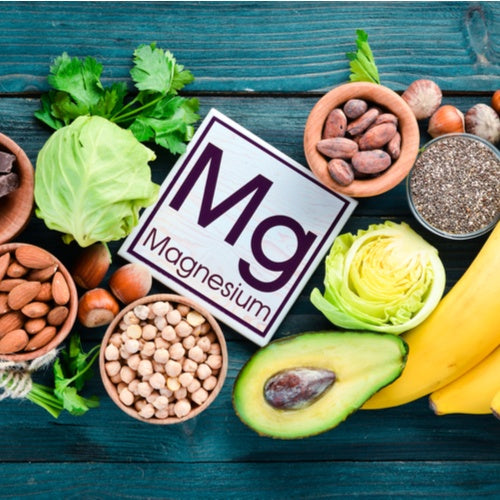




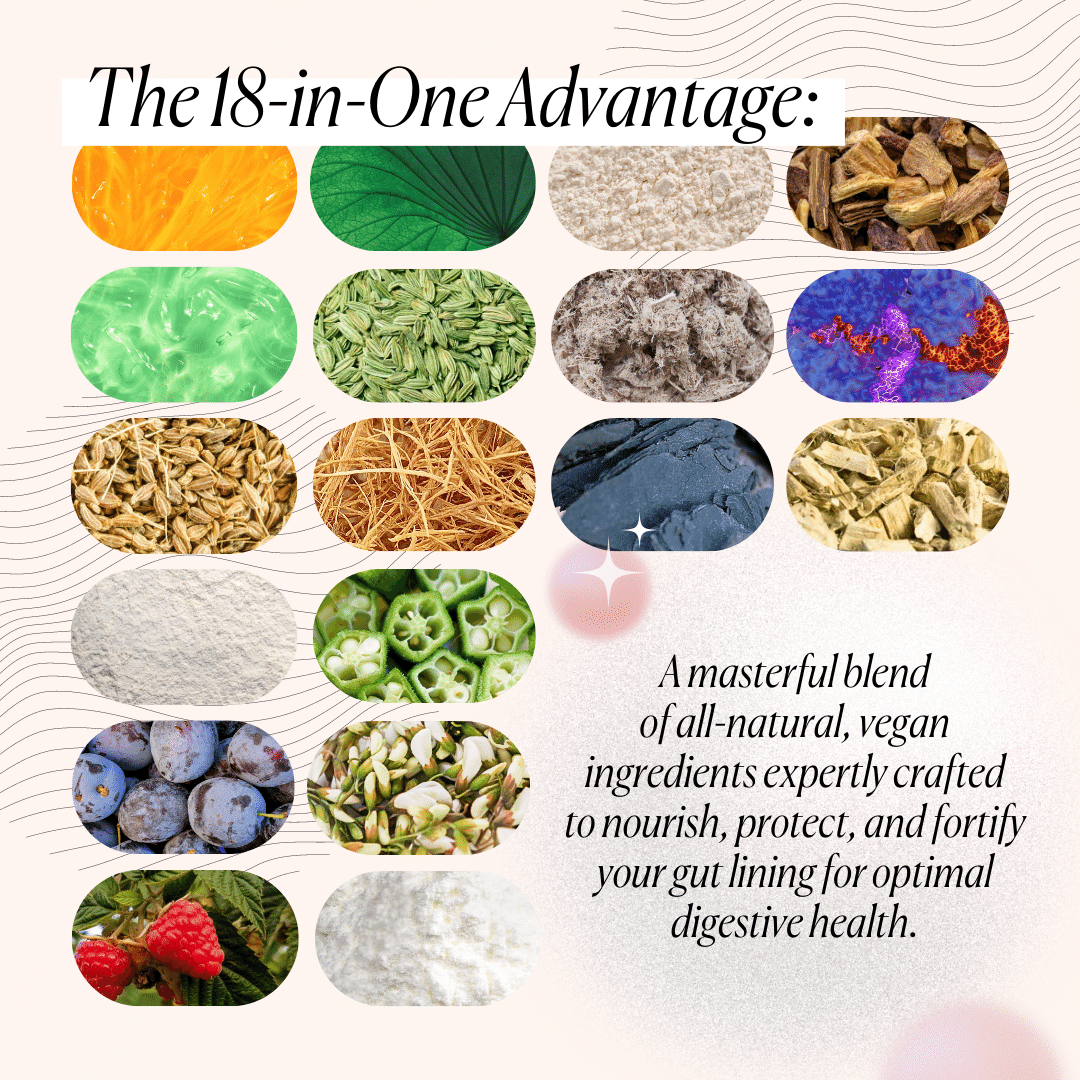

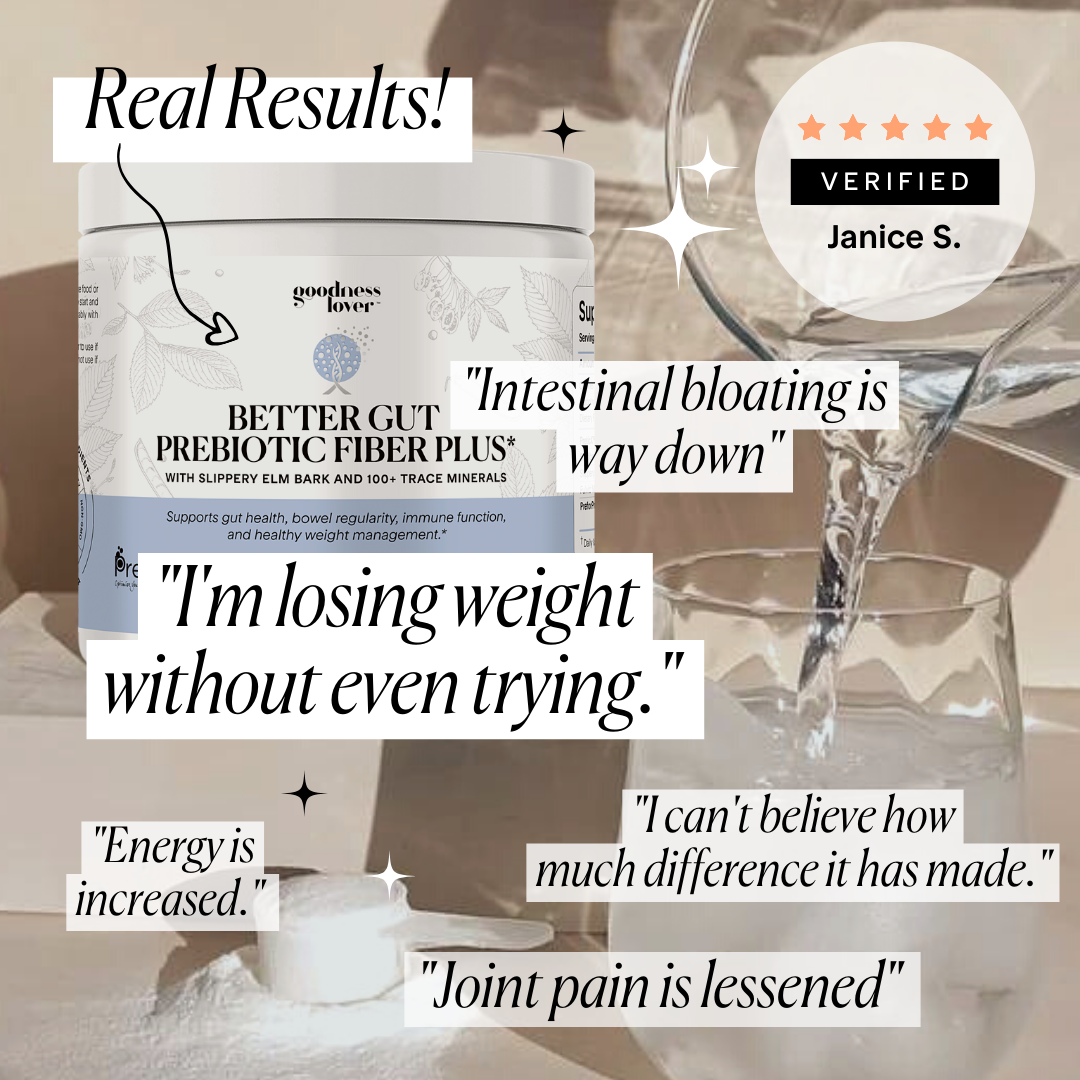
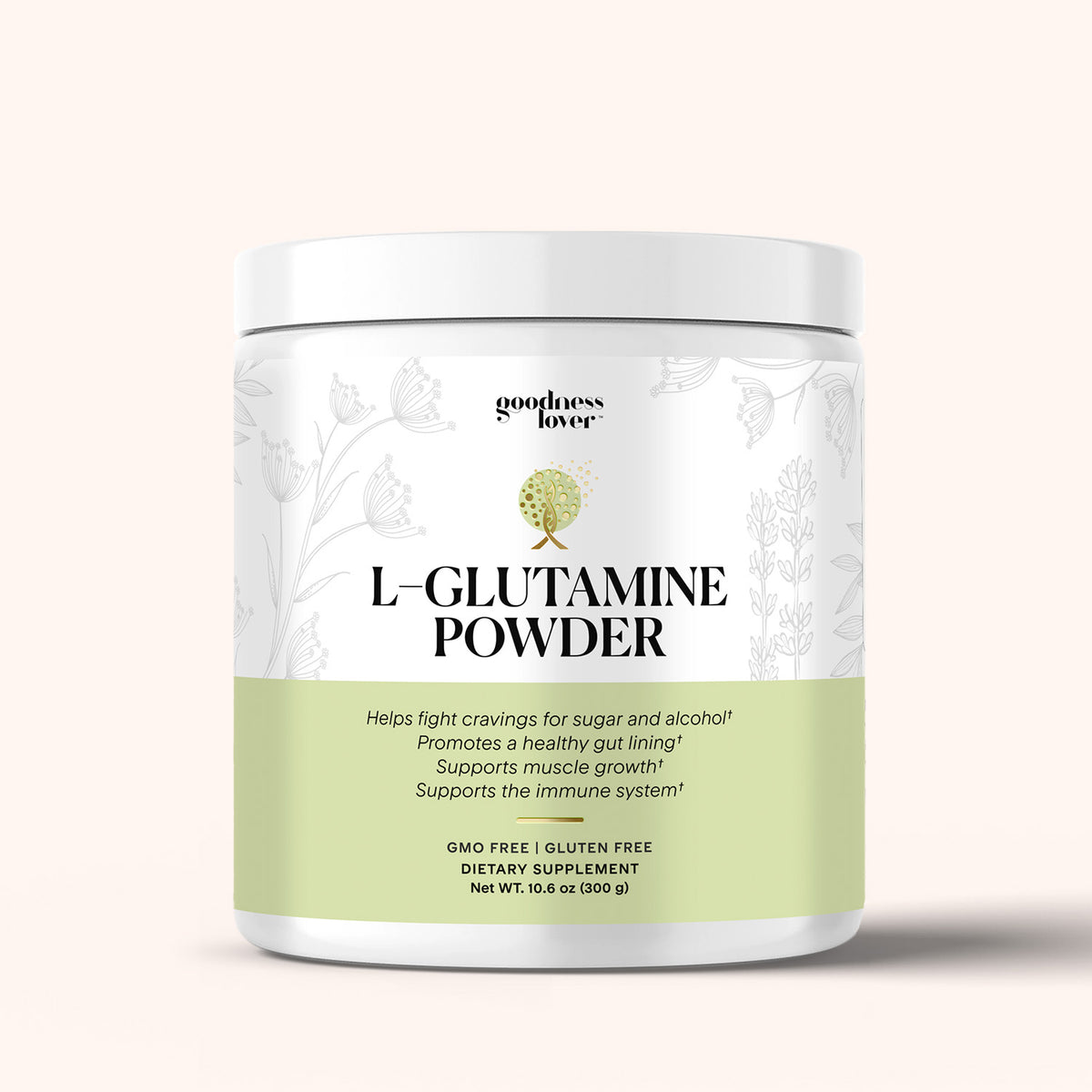
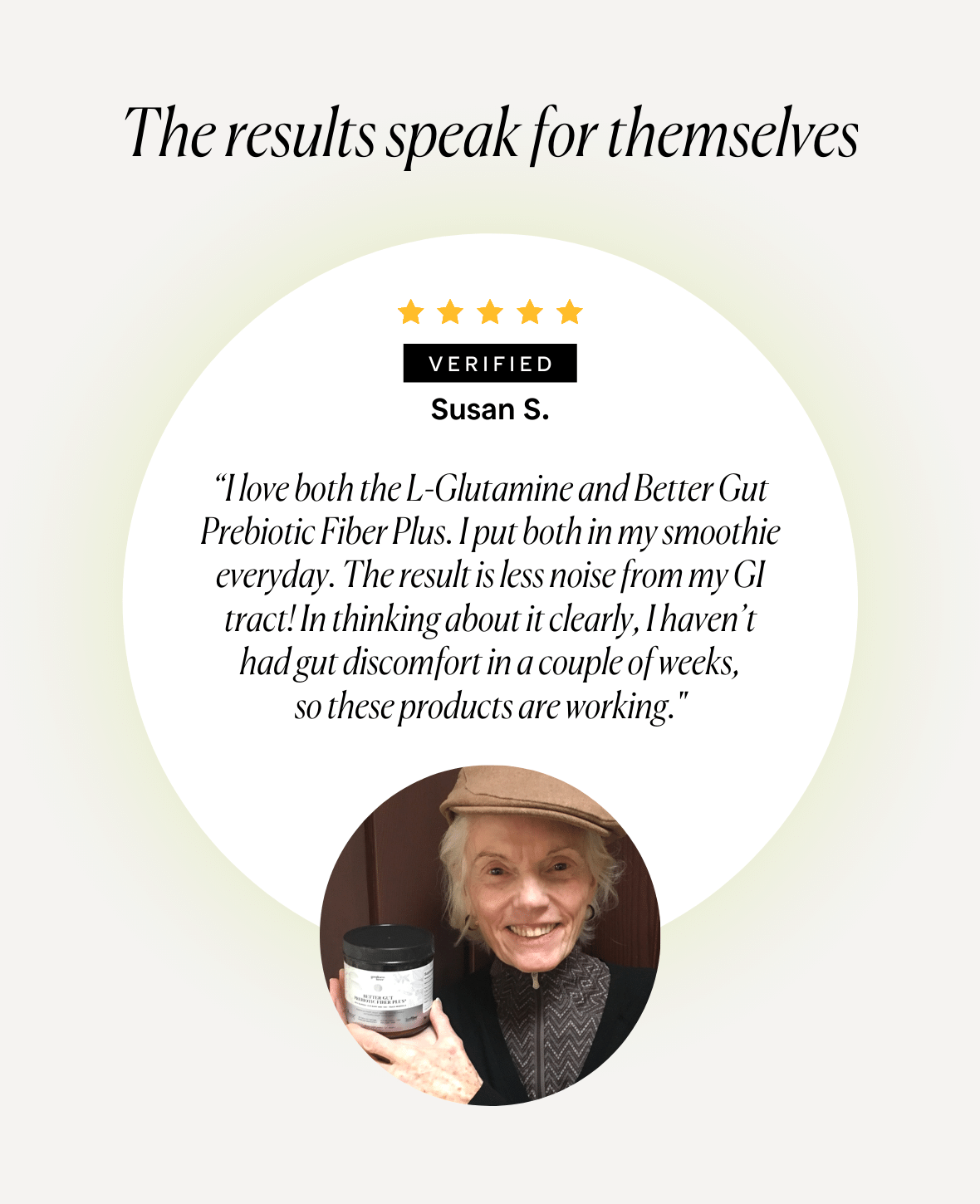

What Do You Think? Comment Below: